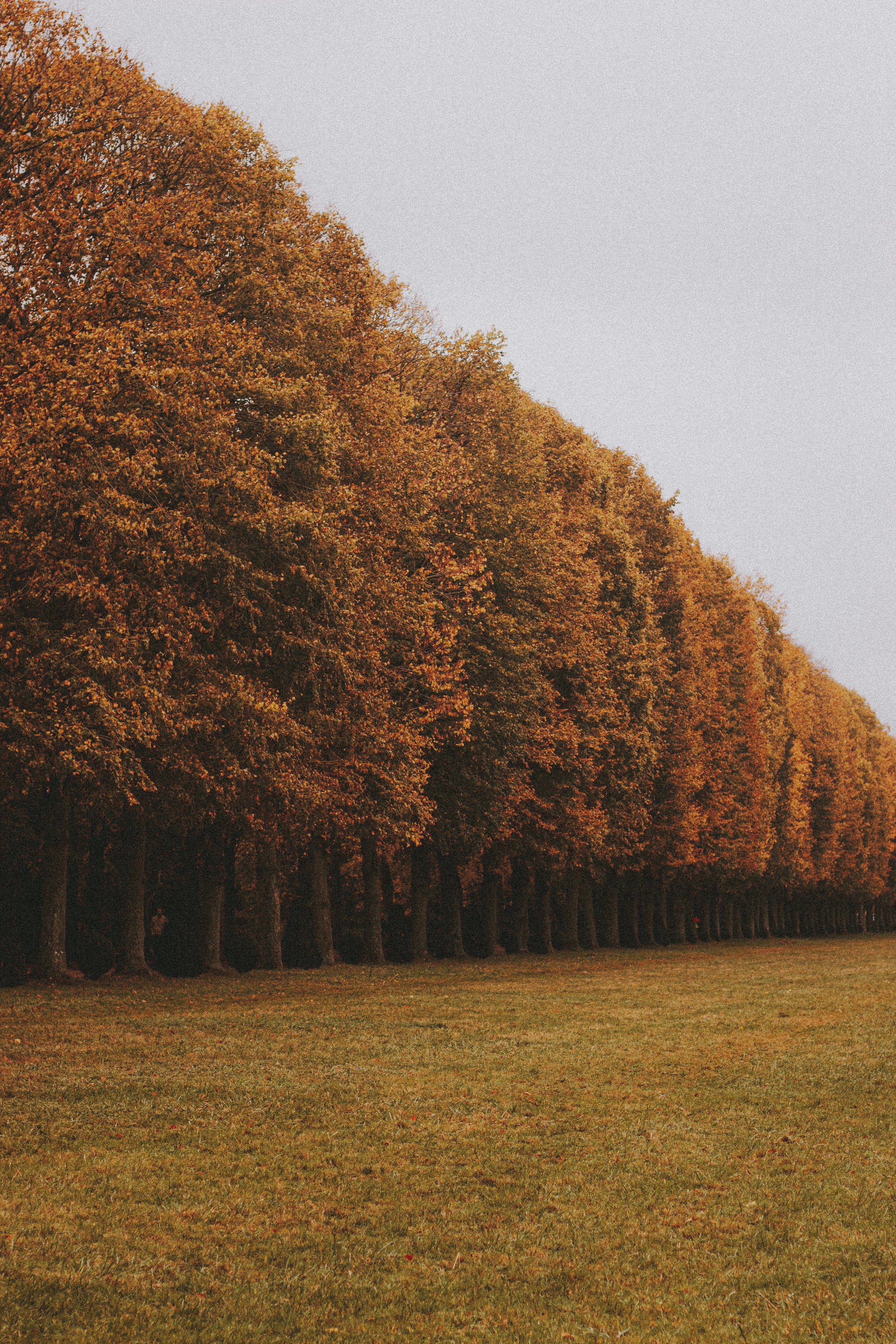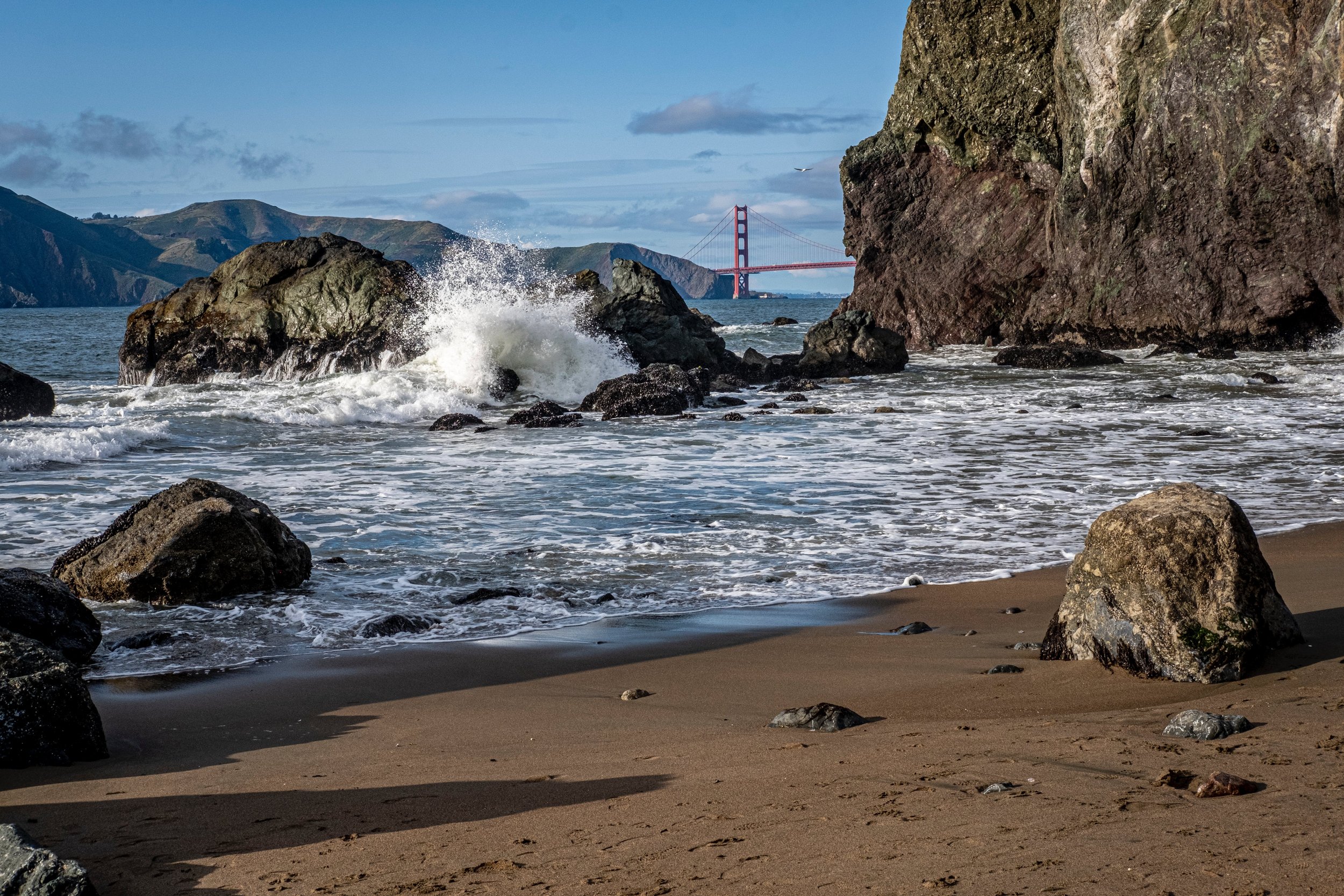3 of Nature's Boundaries That Help You Cultivate Your Own
/For empaths, caregivers, and nurturers like me, cultivating healthy boundaries can be one of the most challenging things to develop. Giving is natural and often gives us meaning and purpose. The downside of giving is that when left unchecked we can find ourselves exhausted and resentful; telltale signs that we’re on a clear road to burnout. The deeper impact is the feeling that we’ve lost ourselves to other people’s needs.
When I started getting serious about pulling out of burnout, I didn’t expect boundaries to be the thing to figure out. I thought it was everything else outside of me that needed to change, like my work culture, other people’s expectations of me, or my guilt when saying no. Which, all of those are real things to work on, but ultimately taking ownership of my lack of boundaries is where the transformation happened. That meant I had to be honest about how I handled saying no and how much I defaulted to betraying myself and my own needs before others.
Over the years I’ve learned effective strategies and dove deeper into setting serious boundaries. Certain tools were super helpful and I still use them today. Like legit - I use my Passion Planner religiously and schedule Sundays to schedule my week, making sure I block out self-care time first. I’ve shaved off so many projects with collaborators. I’ve processed the cost/benefits of committing to things and making big decisions around my business which is also my only source of income. With personal and professional relationships I’ve taken stock of how they unfold over time and have actively practiced ending relationships that start showing up misaligned. This is some grown-up stuff I’ve evolved into and it is absolutely challenging!
When I’m faced with enforcing my boundaries I always think about how boundaries naturally exist in nature. I often think about how these boundaries validate why I choose to shape the boundaries I have today. I truly believe that nature mirrors our own capacity to sustain, so I lean on the lessons nature has to teach us so we can better navigate this life. After all, since WE ARE nature, we’ll probably survive and thrive the same way nature does, right?
Blending what I know as an Ecologist and professional leadership coach, I’m sharing with you the three boundaries found in nature and how they function to preserve the cycle of life as well as our own capacity to move through adversities.
Edges
From an Ecological perspective, edges are the spaces between one habitat and another. Think about a trail in the forest. This trail cuts through the forest, and what’s deep in the forest differs from the areas adjacent to the trail. The buffer zone, or edge is the 2-3 feet of space between the trail and the deep forest. Animals are more aware of these edges because it’s the space between their safety and exposure to danger (like humans on the trail).
Thinking about edges metaphorically, we reach our edges when we have to navigate a situation or conversation that can potentially be unsafe or uncomfortable for us. We negotiate “Is this a safe conversation to continue or do I need to disengage?” (into the depths of the forest) to protect myself? Knowing your edges can be a critical piece of self-awareness for you!
What are my edges of safety or comfort?
Shorelines
Beaches are the best places for contemplation, don’t you think? A powerful place to experience the power of the shoreline locally is at Lands End and Mile Rock Beach. Hearing the pounding of the crashing waves and seeing the sprays of seawater into the air is a display of an intense event. I think about the energy of the waves and how the shoreline is there to absorb all of that intense energy. Once absorbed, the water then softens and rushes back to the ocean as if carrying away anything that needs to leave or be cleansed.
When I think about being overwhelmed with big emotions I remember the shoreline. I think about having my own shoreline, or space in my mind or body where I can allow these intense emotions to land, absorb, and only hang onto the lesson I needed in that moment. I visualize the waves as those big emotions. The bigger the emotion, the bigger the wave.
Is my shoreline shaped to withstand these impacts?
I take a deep breath and visualize that wave being absorbed into my body as a form of acceptance, then see that thoughts or feelings that don’t belong to me wash away back into the depths of the ocean. Having your own mental shoreline can be that safe landing site for big and intense emotions.
Wetlands
Being in the Bay Area, wetlands are an important part of our natural ecosystem. At one point The San Francisco coastline only had 3% of its original wetland habitats remaining. Today, reclamation efforts have brought that number up, but more importantly, they need to exist because they serve a specific purpose for a healthy watershed system providing rich habitat and clean water from The Sierras to The Pacific Ocean.
Wetlands are that critical and unique boundary where fresh and saltwater mix. Specific plants and habitats soak up and detoxify water as it flows in and out with the tides. This boundary is a reminder that our bodies need regular detoxing and filtering amidst the daily physical and psychological pollution we’re exposed to. From chemicals in our food to the consumption of negative language or media, metaphorically “wetlands” are those places where these impurities can be processed with affirmations, guidance from wise teachers, or literally a cleanse of our gut!
Whether it’s certain toxic people, negative language, bad vibes/energy, or food, cultivating a boundary where you can transition, filter, or cleanse these areas of your life nurtures this boundary allowing you to manage the ebbs and flows of all that life has to offer.
How do I create structures in my life that can discern what is not working for me?
Reflect on the questions below as an alternative way to think about boundaries. Instead of thinking about how to “build up” boundaries and enforce them, try thinking about them more as an area of your mental and emotional wellness that functions to help you navigate life situations.
What “edges” do I have and what is on either side of those edges?
Ex. What brings me towards my limits of comfort or safety? Acceptable/unacceptable behavior or others or myself, etc…
What kind of “shoreline” do I have that can withstand the intensity of emotions that I experience?
Ex. What is my capacity to experience big feelings and emotions? Do I need to increase my capacity to withstand the pressures or impacts I’m experiencing?
How dynamic is my “wetland”?
Ex. Do I have different ways in which I can filter through the information and take what lessons can bring me back to myself or my wholeness?




